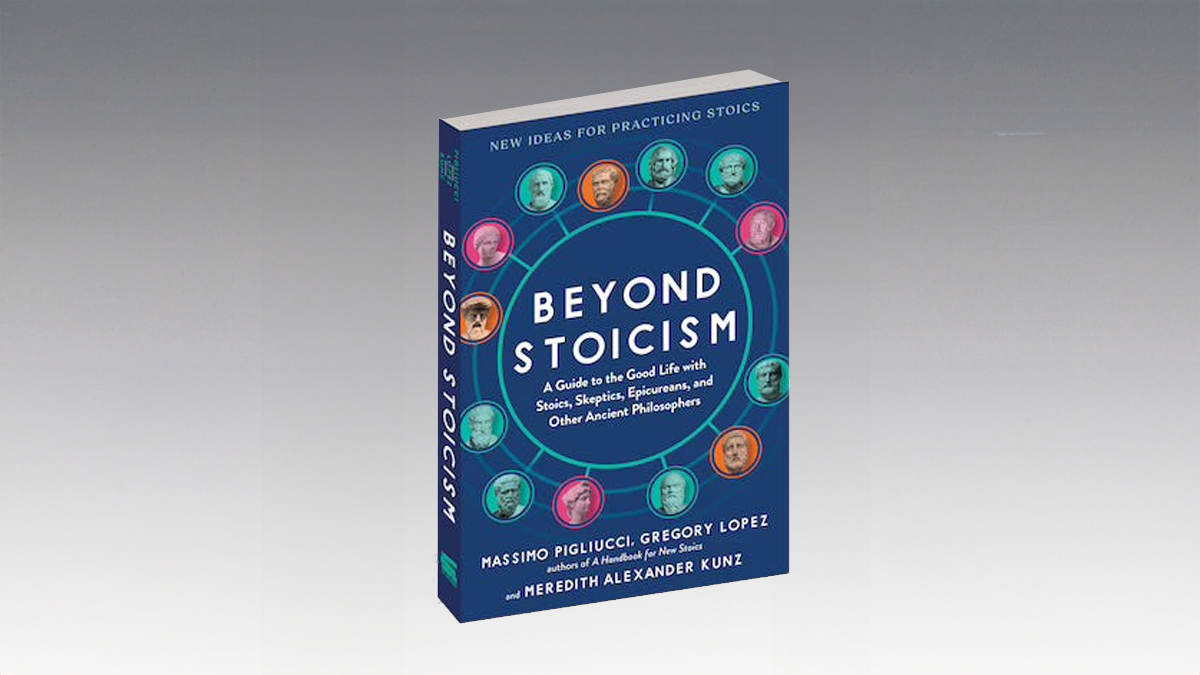Could nanotechnology ever help us build nuclear plants at low cost? Or will we have to content ourselves with novelty items like “nano-pants”?
Question: Will the promised nanotechnology boom ever come?
Reihan Salam: I think that it’s interesting. There are a lot of smart people who have argued that we’re actually living in an era of innovation stagnation. A friend of mine humorously was pointing out that whereas during the second industrial revolution you had trains and you had all this kind of really dramatic stuff, the telegraph, things that changed the world. Now okay, we had telephones, then we had computers, then we plugged telephones together with computers and then it was easier to buy airline tickets and stuff like that, and that was awesome, but I mean it’s not obvious how that has really changed the texture of our lives, whereas when you’re looking at nanotechnology, this idea of kind of manufacturing materials at the molecular level, well then we can do pretty much anything. I mean then you could build enormous numbers of nuclear power plants at radically low cost, which would mean that all electrical power would essentially be free, which means that I could surround myself with neon all the time and who knows what kind of effects it would have on my productivity, or a world in which we have machines that are comparable to humans in intelligence and could also be self-improving so that they could again lead all humans to live this tremendous life of luxury in which you could read machine-produced novels or organic novels written by actual people and that would be the job done by half of the population because, again, there is no other economically needful activity. I think that this would be a time of tremendous cultural chaos, but it would also be pretty exciting and neat to see because you would see human ingenuity manifest itself in all kinds of totally unpredictable, unfamiliar ways. So yeah, I think that actually the frustrating thing is that we’re always on the cusp of all of this stuff. I mean there are all these technologies that are like ten years away, pebble-bed nuclear reactors are ten years away.
You know you have nano-pants now, so I spill orange juice on my pants and they won’t stain. That’s pretty cool, but that’s not building nuclear power plants for $5. But I actually am kind of optimistic about this stuff if only because my basic view is that if we don’t have these radical technological advances we’ll all be doomed in the next 50, 60 years, and given that I don’t think we’re going to be doomed I kind of think that there is going to be some deus ex machina kind of thing that will rescue us all, and also when you look at the kind of climate change landscape, I mean you know people talk about cap and trade and it’s like, this is absurd. I mean we’re way past 350 parts per million. You need some kind of radical technological breakthrough to solve this problem, and again, unless Earth turns into a soupy mass in which we’re all dead and a volcano kind of swallows us all in molten lava, we need it. So it’s not really a negotiable thing.
Question: Can technological innovation make nuclear power safer?
Reihan Salam: I think that you’re already seeing lots of new designs for reactors, modular designs, et cetera that seem very attractive, seem radically safer than previous generations of nuclear power plants and when you’re looking at modular designs they solve a lot of different problems. They help solve a problem of cost. They also kind of might spur kind of manufacturing employment. They might spur kind of a new export market for the United States. But more broadly I mean it’s all embedded in this wider regulatory context, so when you’re looking at the NRC they probably don’t have enough staff to evaluate all of the kind of new designs that are coming out to feel kind of really secure about that and so I think that that’s one that’s really kind of holding us back whereas the Chinese, the South Africans, a variety of other places… In India there is a huge amount of work on thorium based nuclear power and creating an export industry around that, so I think that there are a lot of promising developments. It’s not obvious to me that the United States is going to be the pioneer in this regard again, because like a lot of first world countries we have this kind of tough regulatory process that will slow it down, but I do think that the kind of capital expenditures required to create nuclear power plants are going to decline and I think that if we move in this modular direction, we see nuclear power solve kind of smaller scale problems then I think it’s going to again be a flank attack on this big problem. So rather than have this centralize solution of let’s mimic France let’s allow people to kind of use a tiny nuclear power plant to operate a neighborhood or to operate some kind of like large-scale manufacturing facility.
The other thing, and this relates to a lot of the talk about the smart grid, the idea of a national electrical grid. This is a very attractive idea to a lot of people, but to me, modular nuclear power feeds in with district heating and a variety of other ideas for making our energy system more resilient rather than less resilient, so I wonder, rather than creating a kind of super centralized system perhaps it makes more sense for us to actually distribute the way that we distribute power… rather distribute power creation across the country in a way that is going to make us less vulnerable to kind of supply disruptions.
Recorded on November 16, 2009
Interviewed by Austin Allen





